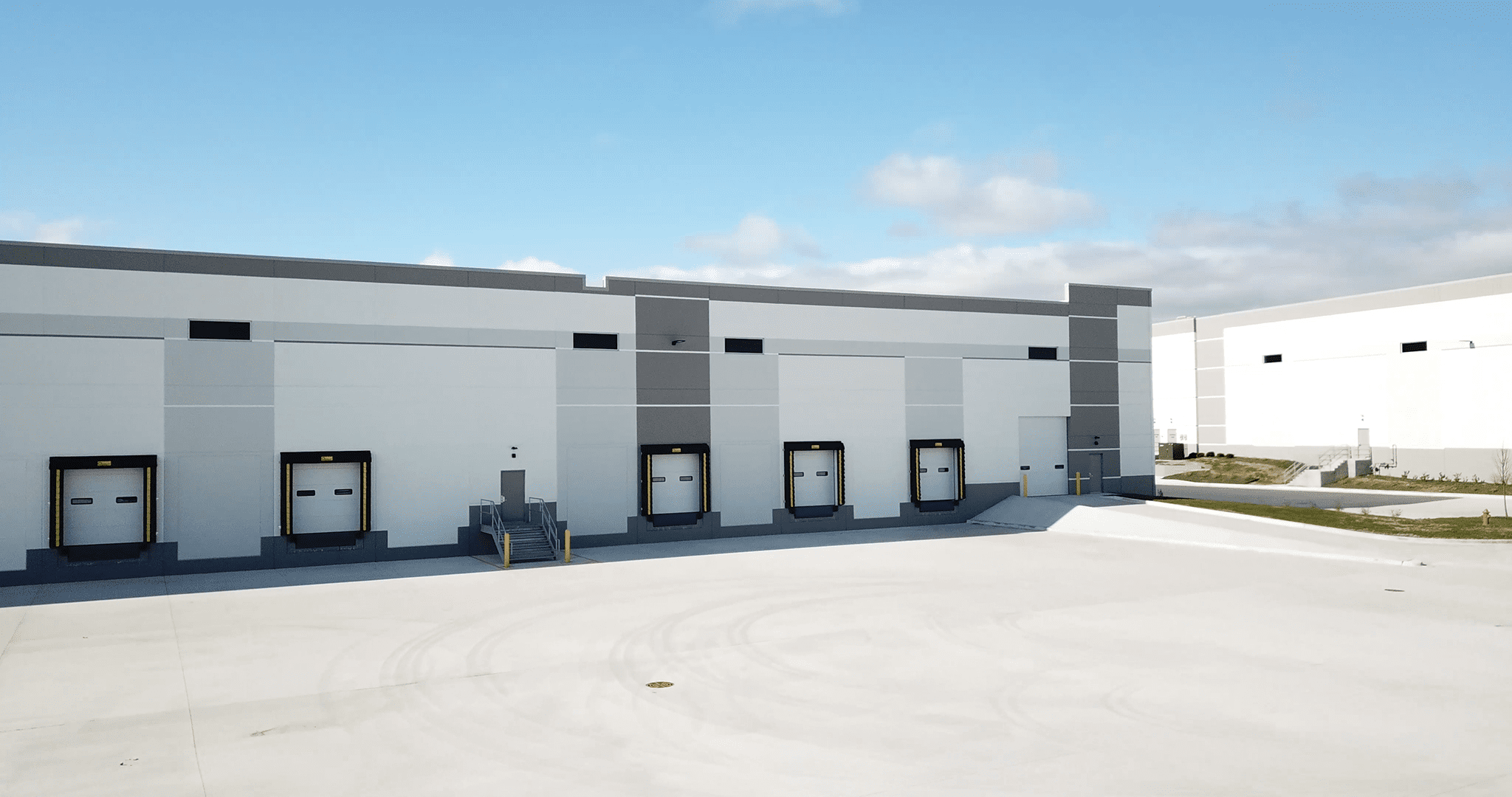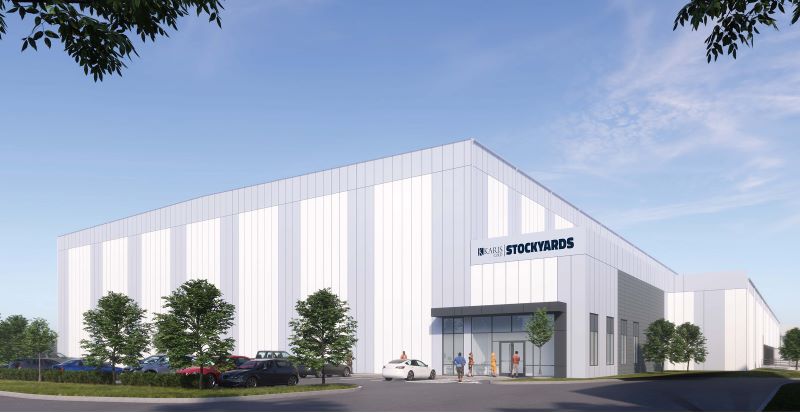October 2022
Tight Industrial Market Sparks Competitive Leasing Environment

As published in Globe Street’s “Amazon Underwriting ‘Outbidding the Whole Market’ for Industrial”
By Paul Bergeron
John Basile, Executive Vice President, Industrial Services, NAI Hiffman, tells GlobeSt.com that rising escalations are indicative of a market that was (is) extremely tight, with landlords able to push rates, in part, because of Amazon underwriting (outbidding) the whole market in recent years.
He said he also is seeing 3% property management fees on these higher prices, adding to the cost.
“The disconnect between tenants and landlords is ongoing,” Basile said. “I’m having this discussion right now with clients. They hesitate to lock in a 10- or 15-year lease at 4%, saying we may be going into a recession, and Amazon’s pullback should change pricing.
“I tell them, these are the market conditions right now, and you’re not the only ones facing these terms. Most properties have competitive bidding – landlords can pick and choose.”
He said it’s still a landlord’s market, and when a tenant loses out on a space, he can usually show them that the competitor had the higher rate, had the higher escalator, and had the simpler delivery conditions.
“Although some tenants will walk away, others may reluctantly accept the terms before them because the alternative would be more costly – for example, the inability to expand their operations,” Basile said.
“Nevertheless, we are seeing small signs of change. Up until about three to four months ago, landlords were pushing for shorter terms because rents were rising so quickly. On a 10-year lease, they were already below market by year 4 by as much as 20% to 30%. Now, they may take the 10-year term but hold out for a higher escalator.
“A good broker adds value in this climate by knowing if terms the landlord is seeking are in line current market conditions and other landlords. Brokers can also help tenants assess the risk of not taking the deal and, if they decide to move forward, structure the lease in a way that maximizes value and flexibility for the tenant.
“It’s important to note that not all markets are getting the same escalators; even submarkets may vary. Good brokers know the norm for those and where the landlord may be able to make concessions.”
Additional Factors for Increases
Larry Much, executive vice president and founding principal of NAI Hiffman, said there are additional factors that might not be measured when determining the annual increases.
- Term of lease: While there are long-term transactions showing annual increases of greater than 3% annually, part of that depends on the original lease rate and potentially rent abatement
- TI: The amount of tenant improvements funding could impact the annual increases
- Landlord motivations: Some landlords are long-term hold and will look at the yield over the term more than the annual increases
“In addition to the annual rent increases, there are other increased costs associated with occupancy,” Much said. “For example, in Cook County, the real estate tax rate varies within the county, and the multiplier varies by municipality.
For more information on our industrial brokerage, visit the NAI Hiffman page


